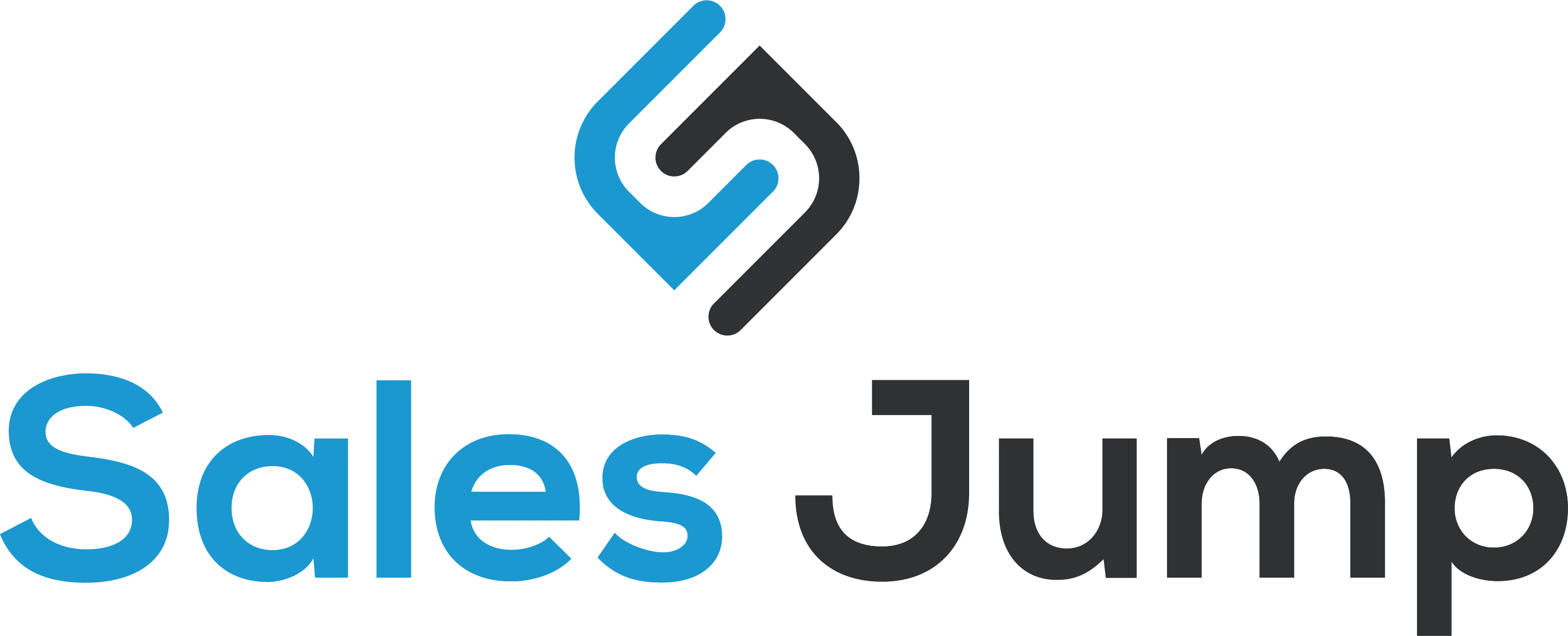In today’s competitive retail environment, optimizing field force operations is essential for driving sales and maximizing efficiency. Two key technologies that are transforming how businesses manage their field teams are Geo-tagging and Geo-fencing. When integrated with Sales Force Automation (SFA) software like SalesJump, these tools empower retailers to track, manage, and optimize their field force effectively, ensuring accountability and real-time operational oversight.
What Are Geo-Tagging and Geo-Fencing?
Geo-tagging is the process of adding geographical coordinates to specific data, such as check-ins, reports, or media. This enables businesses to track where their sales reps are at any given time. By using a Geo-tagging app, retailers gain visibility into the exact locations of their field agents, ensuring that they are visiting the correct retail stores and completing their tasks as assigned.
Geo-fencing, on the other hand, involves creating virtual boundaries around specific geographical areas. With the help of a Geo-fencing app, retailers can define these areas and receive real-time alerts when a sales representative enters or exits a designated zone. This allows managers to ensure that field agents are covering the correct territories and fulfilling their responsibilities efficiently.
Enhancing Accountability and Real-Time Tracking
One of the key advantages of Geo-tagging & Geo-fencing is the enhanced accountability they provide. With a field force tracking app powered by field force tracking software, retailers can track their sales reps in real time. This enables managers to verify whether field agents are visiting assigned locations and making on-time visits, improving overall team efficiency.
Geo-tagging also facilitates better performance analysis. Managers can use location data to identify trends and patterns in sales territories, determining which regions are underperforming and where to allocate additional resources. This level of insight helps optimize territory management and improves sales performance.
Improved Engagement with Geo-Fencing
Geo-fencing enhances sales force automation by allowing retailers to set up automated alerts for their field teams. Using a geo-fencing app, businesses can define virtual boundaries around key accounts or stores. When a sales rep enters one of these zones, they can receive real-time prompts to check inventory, update orders, or engage with customers.
This proactive approach not only ensures that sales reps are more productive but also enables them to respond quickly to opportunities, improving overall customer engagement. Additionally, Geo-fencing ensures that field agents stick to their designated routes and visit all the required locations, enhancing compliance and operational efficiency.
Route Optimization and Cost Reduction
Another benefit of usingGeo-taggingandGeo-fencing tools is the ability to optimize travel routes for field agents. By utilizing a field force tracking app, retailers can streamline travel plans, reducing unnecessary trips and lowering fuel expenses. This not only increases the productivity of the sales force but also aligns with sustainability goals by reducing carbon emissions.
Performance Analysis and Data-Driven Insights
With Geo-tagging apps and field force tracking software integrated into SFA software like SalesJump, retailers can track various performance metrics tied to specific locations. This data-driven approach allows managers to analyze how certain areas are performing in terms of sales activities, visit frequency, and customer feedback. These insights help businesses identify top-performing regions and apply successful strategies elsewhere, driving overall growth.
Conclusion
Incorporating Geo-tagging and Geo-fencing into retail field operations is a game-changer for optimizing performance. By using a field force tracking app and SFA software like SalesJump, retailers can ensure that their sales teams are accountable, engaged, and efficient. These technologies enable businesses to improve customer engagement, streamline operations, and boost overall sales performance, making them indispensable in today’s fast-paced retail world.
Optimize field operations and track performance effortlessly.


